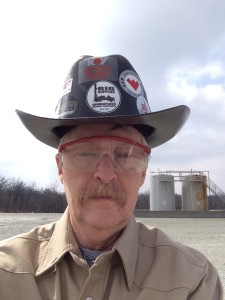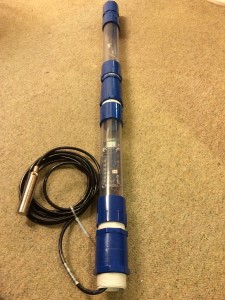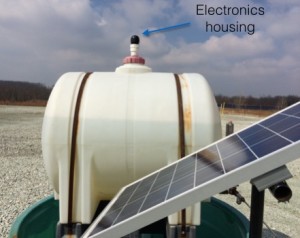From Sensor to Screen
Working with Internet of Things (IoT) technology, Systems of Merritt, Inc. has covered it all, from “sensor to screen.” IoT requires bringing together a wide array of technology, including hardware, firmware, internet communication & transactions, cloud services, user interface design, mobile devices and web technologies.
Internet of Things and the Oilfield
For an overview of IoT and the Oilfield, read Frank Braswell’s article in Oil & Gas/Control Engineering: http://bit.ly/SOM-IoTarticle. The article discusses the needs and impact that IoT technology can have in oilfield production efficiency, safety and environmental impact.
Below the discussion covers implementation issues. We’ll look at an IoT system and each of its components, including sensors, communication and user interface.
Customer
Before any of that can take place, you have to know your customer. In this case my system was gathering data from production oilfields. I’ve worked on several technical oilfield projects, and have been to a number of well sites. In the picture below, I am wearing my safety gear, hard hat, safety glasses and FR (fire resistant) clothing.
IoT Systems
The diagram below shows how various system element connect together to form an IoT system. Recent advances in embedded systems and cloud services allow systems to be constructed much more efficiently.
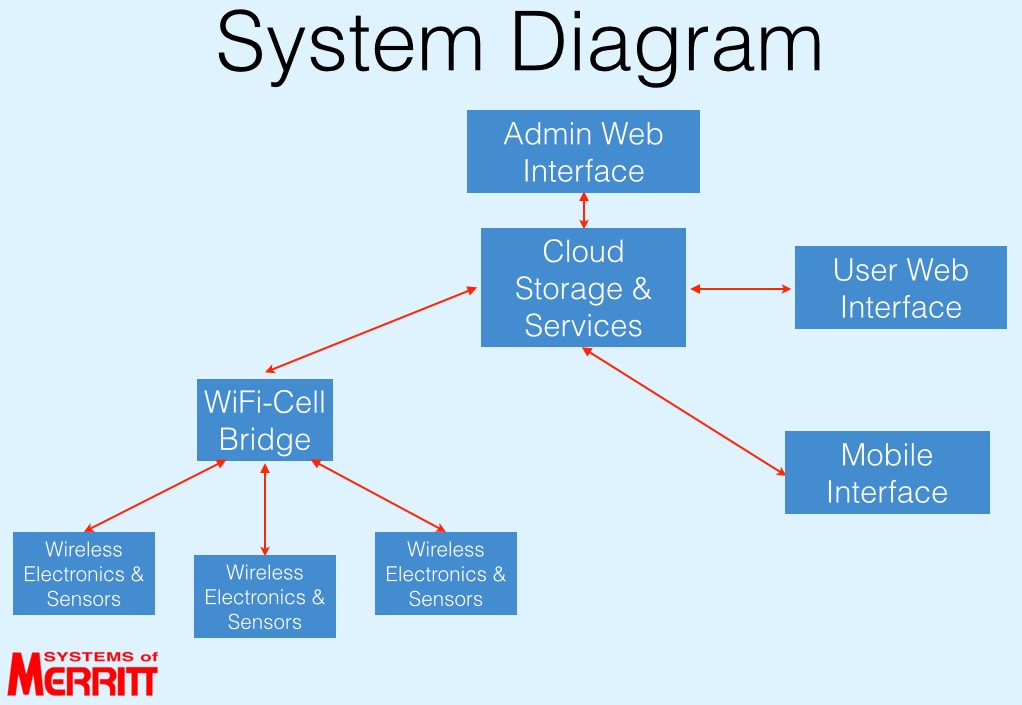
Remote Communication
Communication of remote modules to an internet gateway is one of the first things to consider. The image below is typical of an oilfield layout. The pump jack is in the lower left of the image, and the production storage tanks are shown on the right side, a short distance from the pump jack. Site planning is important to make sure that your communication technology can handle the distances and any obstructions at the site.
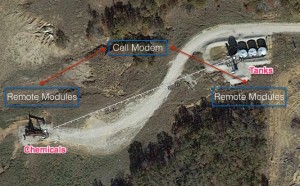
User Interface
User interface technology is becoming increasingly important. The old model of presenting users with pages of data that need interpretation is being replaced by intuitive and easy to use graphics that present actionable information. The page below gives the user information on well location, with easy access to sensor information.
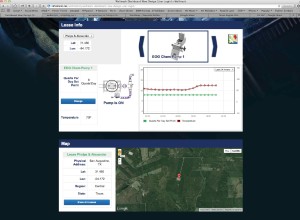
Mobile Communication
In today’s world, decision making isn’t always done at a desk behind a computer screen. Mobile devices make information accessible anywhere. In the oilfield, production managers and supervisors can discuss production information with pumpers in the field. Each person can view the information on mobile devices, allowing for much more efficient operation
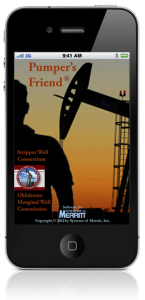
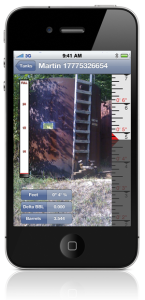
Embedded Systems
Small remote computers which interface to sensors have come a long way over the past several years. Increased density of integrated circuits, now allow communication technology to be on the same chip as the processor core.
This is noted as “wireless electronics & sensor” on the block diagram above. The I/O circuit board below features the Electric Imp (http://www.electricimp.com) module for processing and WiFi communication. The board was designed for general purpose applications, and features analog input for sensors, digital input for switches, comparator input for Hall switches, Modbus and RS-232 serial interfaces.
The Electric Imp has its own cloud system for development and runtime. The development interface is browser based, and software updates are handled wirelessly.
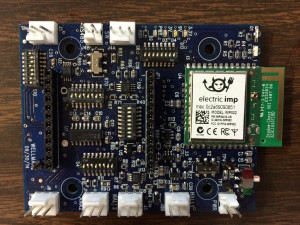
Cloud Services
Services in the cloud, such as data repositories and servers can get your project up and running quickly. Not only is it unnecessary to install and maintain hardware at your facility, but the software services provided mean you don’t have to create your own software infrastructure. The Electric Imp cloud services mentioned above provide all the infrastructure for development and runtime Imp functions.
One of my preferred cloud services is Xively. It serves as a data repository, and can be accessed by a RESTful interface. The Electric Imp can be programmed to transfer data to the Xively cloud services.
Sensor Assembly
In the oilfield one of the most important tasks is monitoring fluid levels in storage tanks. Tanks are used to store not only crude oil, but byproducts of production such as brine fluids. There are several ways to measure tank levels. Pressure sensors placed near the bottom of the tank is a common method, and is used in this case.
The image below shows a prototype module for wireless monitoring of a storage tank. The stainless steel pressure sensor body and black cable can be seen to the side. The blue tube assembly attaches to a standard size opening at the top of the tank. The electronics and batteries are enclosed in the tube.
The reason for the tube to extend above the surface of the tank is so that the transceiver can have a line-of-sight view with a wireless gateway below.
In the image below, you can see the electronics housing extending above the top of the tank.
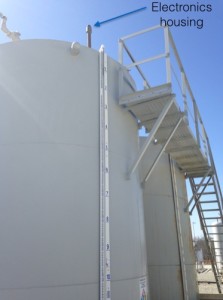
In the following image, the electronics housing doesn’t need to extend as high because it is near the ground with an easy line-of-sight view of the gateway.
Future
The basic architecture and concepts discussed above will apply to IoT systems in other industries. As cloud services advance and electronics achieve higher density and lower power, IoT system deployment will become more commonplace. It’s an exciting time to be working with this technology.

